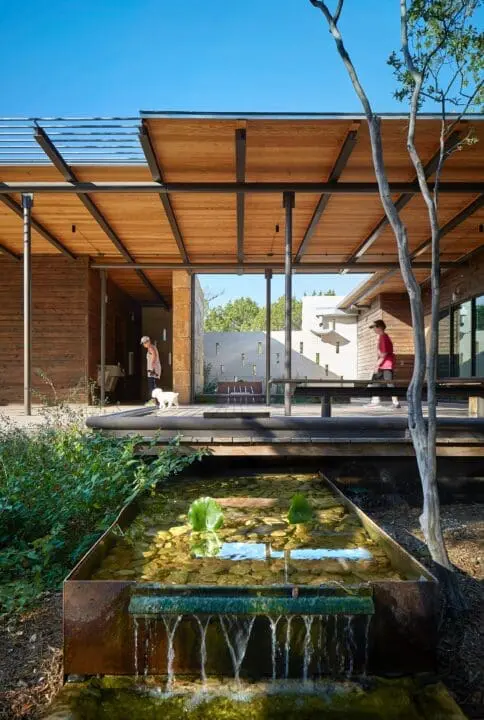
Investigation: Eco-Senior Living
This Investigation analyzes current challenges in senior housing and explores demographic and market trends to identify priorities for effective design. Research emphasizes the importance of mitigating spatial and relational displacement while highlighting the positive impacts of nature exposure. This paper examines this research’s relevance to senior housing, aiming to promote well-being and joy in the aging process.
March 14, 2025 | Posted by Allison Peitz, Prarthan Shah, Kelly Weckman | Advisor: Andrew Herdeg
Shifts in Senior Housing Trends
The baby boomer generation has marked a fundamental shift in senior housing preferences and trends. As a whole, the generation is more highly educated and more ethnically and racially diverse than previous generations (Frey, 2010). Furthermore, throughout their professional lives, the baby boomer generation comprises a larger percentage of women in the work force, and boomers occupy more managerial positions than previous generations (Frey, 2010). These generational lifestyle changes have also led to shifts in preferences and priorities as baby boomers have begun transitioning into senior housing communities.

According to AARP’s 2018 Home and Community Preferences Survey, 86% of people 65 and older desire to stay in their homes and communities (Binette, 2018). Communities with care options that can adapt to residents’ changing needs help to minimize displacement.